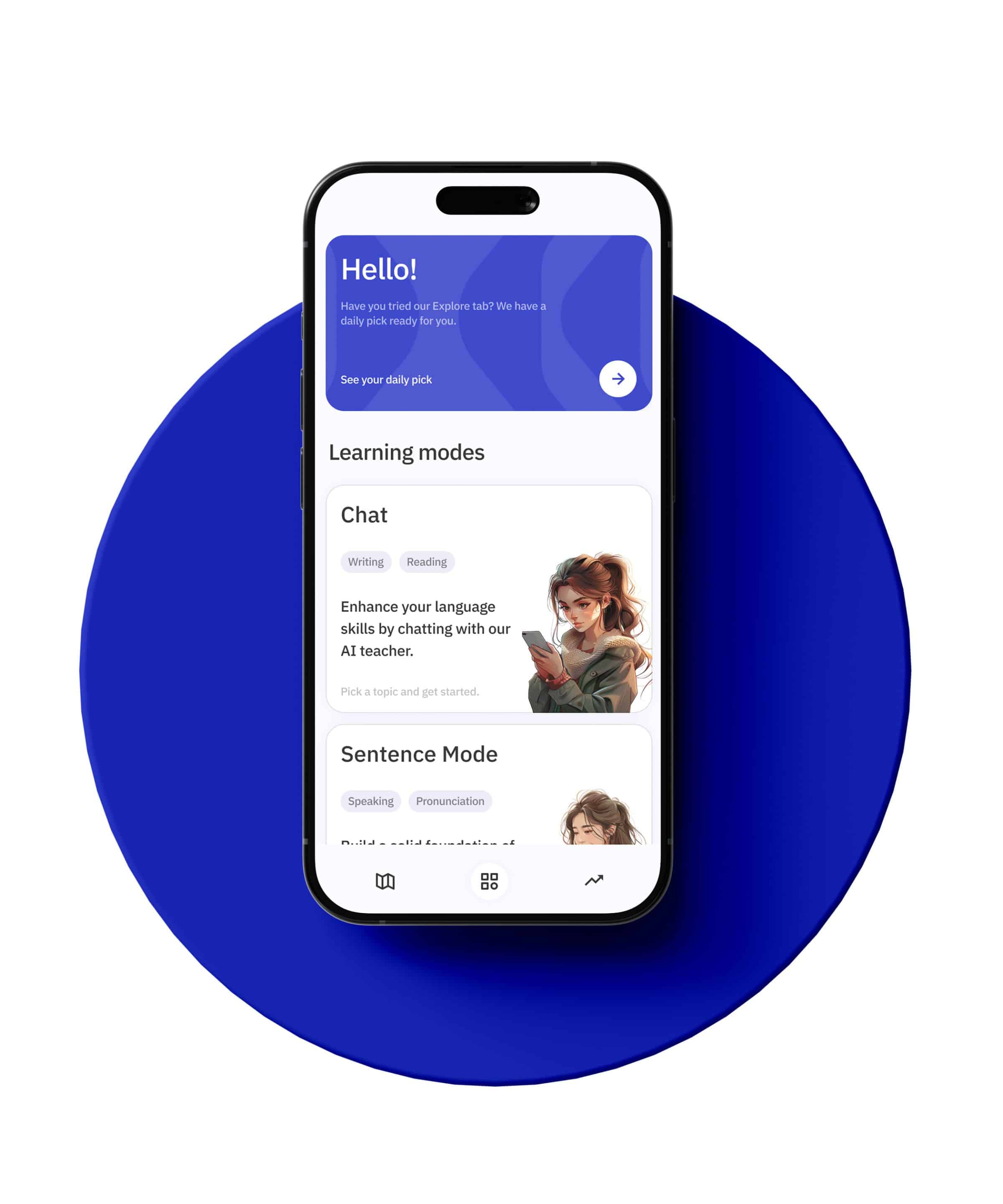Learning Persian is an exciting journey, with its rich literary tradition and beautiful script. One fascinating aspect of Persian grammar is its use of compound adjectives. Understanding how compound adjectives work in Persian can significantly enhance your ability to describe things more vividly and accurately.
What Are Compound Adjectives?
Compound adjectives in Persian are formed by combining two or more words to create a new adjective with a specific meaning. These combinations often bring about nuanced descriptions that single adjectives cannot convey. In English, we might say “well-known” or “high-speed.” Similarly, Persian uses compound adjectives to enrich its descriptive language.
Formation of Compound Adjectives
In Persian, compound adjectives can be formed in several ways, including:
Noun + Adjective
One common way to form compound adjectives is by combining a noun with an adjective. For example:
– گلفام (gol-fām): “flower-colored”
– Here, “گل” (gol) means “flower,” and “فام” (fām) means “colored” or “hued.”
– دستساز (dast-sāz): “handmade”
– “دست” (dast) means “hand,” and “ساز” (sāz) means “made” or “constructed.”
Adjective + Noun
Another common formation method is combining an adjective with a noun:
– خوشبو (khosh-boo): “pleasant-smelling” or “fragrant”
– “خوش” (khosh) means “pleasant” or “good,” and “بو” (boo) means “smell.”
– زشترو (zesht-roo): “ugly-faced”
– “زشت” (zesht) means “ugly,” and “رو” (roo) means “face.”
Adjective + Adjective
Sometimes, two adjectives are combined to form a new compound adjective:
– نرمنرم (narm-narm): “softly”
– “نرم” (narm) means “soft,” and repeating it emphasizes the softness.
Verb + Noun
Combining a verb with a noun is another way to create compound adjectives:
– شادمان (shād-mān): “happy” or “joyful”
– “شاد” (shād) means “joyful,” and “مان” (mān) is derived from a verb form meaning “to be.”
Usage in Sentences
Understanding how to form compound adjectives is one thing, but knowing how to use them in sentences is crucial. Here are some examples to illustrate their usage:
– او یک دختر گلفام است. (oo yek dokhtar gol-fām ast.)
– “She is a flower-colored girl.” (Implying she has a beautiful, delicate appearance.)
– این یک فرش دستساز است. (in yek farsh dast-sāz ast.)
– “This is a handmade carpet.”
– آن عطر خیلی خوشبو است. (ān atr kheili khosh-boo ast.)
– “That perfume is very fragrant.”
– او پسر زشترو است. (oo pesar zesht-roo ast.)
– “He is an ugly-faced boy.”
Nuances and Cultural Context
Understanding compound adjectives in Persian also involves appreciating the cultural context and nuances. Persian poetry, literature, and even everyday speech often employ these compounds to convey specific emotions or imagery.
For example, the compound adjective “گلفام” (gol-fām) evokes not just the color but also the delicate beauty and essence of a flower. Similarly, “دستساز” (dast-sāz) conveys not just the fact that something is handmade, but also the care and craftsmanship involved.
Commonly Used Compound Adjectives
Let’s look at some commonly used compound adjectives in Persian to get a better grasp of their application:
– رنگپریده (rang-parideh): “pale” (literally “color-faded”)
– “رنگ” (rang) means “color,” and “پریده” (parideh) means “faded” or “flown away.”
– دلشکسته (del-shekasteh): “heartbroken”
– “دل” (del) means “heart,” and “شکسته” (shekasteh) means “broken.”
– تنگدست (tang-dast): “poor” or “needy” (literally “tight-handed”)
– “تنگ” (tang) means “tight,” and “دست” (dast) means “hand.”
– بلندقد (boland-qad): “tall” (literally “long-statured”)
– “بلند” (boland) means “long” or “tall,” and “قد” (qad) means “stature” or “height.”
Creating Your Own Compound Adjectives
Once you understand the basic rules and patterns, you can start creating your own compound adjectives in Persian. Here are a few tips:
– Identify the core meaning you want to convey.
– Choose appropriate words that can be combined to express that meaning.
– Ensure the words are in the correct order (usually noun + adjective or adjective + noun).
– Be mindful of the cultural context and connotations.
For example, if you want to describe something as “moonlit,” you could combine the words “ماه” (māh, meaning “moon”) and “تاب” (tāb, meaning “shine” or “light”). This gives you the compound adjective “ماهتاب” (māh-tāb), which can describe something illuminated by moonlight.
Challenges and Exceptions
Like any language, Persian has its exceptions and irregularities. Not all compound adjectives follow the basic patterns, and some may have unique meanings that are not immediately apparent from the individual words.
For instance, the compound adjective “دلچسب” (del-chasp) means “pleasant” or “attractive,” but its literal translation is “heart-sticking.” Understanding these exceptions often comes with practice and exposure to the language.
Practice Makes Perfect
The best way to master compound adjectives in Persian is through practice. Try incorporating them into your everyday conversations, writing exercises, and reading Persian literature. Pay attention to how native speakers use these adjectives and the contexts in which they appear.
Exercises
To help you get started, here are a few exercises:
1. Combine the following words to form compound adjectives:
– “خورشید” (khorshid, meaning “sun”) + “تاب” (tāb, meaning “shine”)
– “پر” (por, meaning “full”) + “نور” (noor, meaning “light”)
– “شاد” (shād, meaning “happy”) + “دل” (del, meaning “heart”)
2. Use the compound adjectives you formed in sentences.
3. Translate the following sentences into Persian using compound adjectives:
– “The handmade vase is beautiful.”
– “She has a pale face.”
– “The fragrant flowers filled the room with their scent.”
Conclusion
Understanding and using compound adjectives in Persian can greatly enhance your descriptive abilities and deepen your appreciation of the language’s richness. While it may seem challenging at first, with practice and exposure, you’ll find that these compound adjectives become a natural part of your Persian vocabulary.
Remember, language learning is a journey, and every new word or grammatical structure you master brings you one step closer to fluency. Happy learning!







